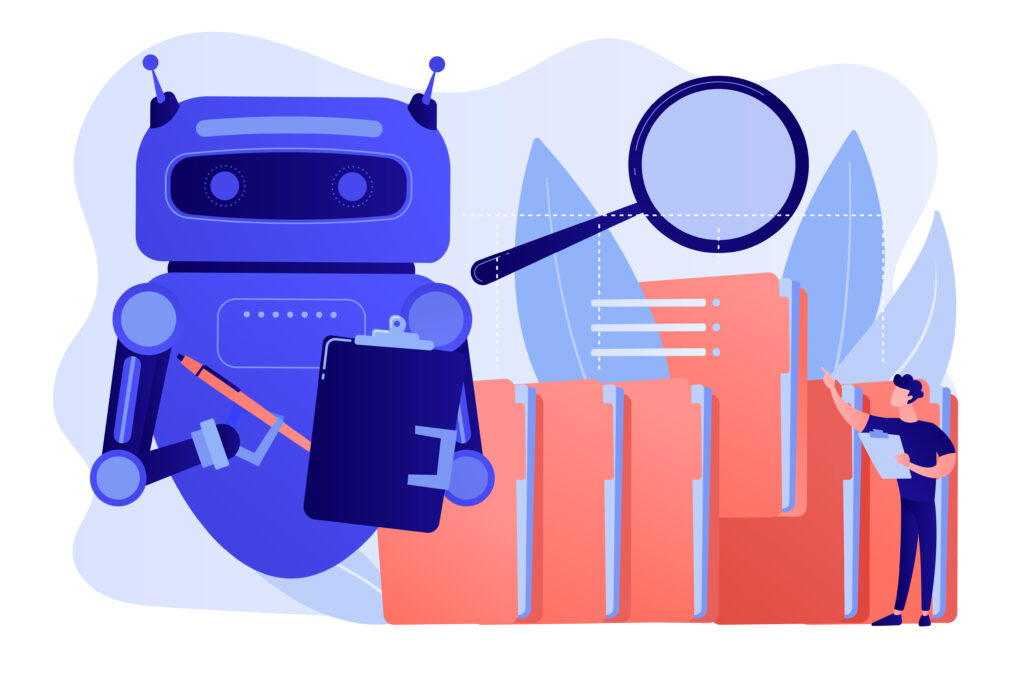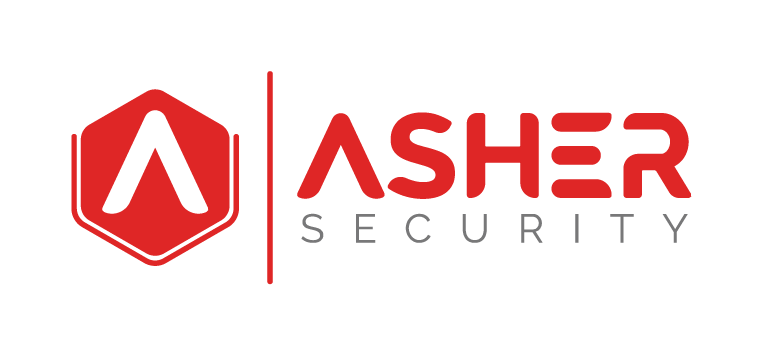Why AI Security Controls Are Critical

Artificial intelligence is transforming business at an unprecedented pace. From automating tasks to driving innovation, AI provides organizations with immense value and efficiency.
When it comes to cybersecurity, AI emerges as a critical component in offering avenues for preventing data breaches. But it also introduces new cybersecurity risks that many business leaders often leave to IT and security teams to solve.
According to McKinsey, AI adoption has more than doubled since 2017, and global AI investments are projected to surpass $300 billion by 2030. While organizations are racing to integrate AI for competitive advantage, the majority are overlooking the security dimension. It’s also noted that only 24% of generative AI projects are secured against cyber risks.
Meanwhile, cybercriminals are already weaponizing AI for phishing, malware automation, and deepfake fraud. In such a landscape, relying on policy statements like “don’t upload sensitive data” is insufficient.
Cybersecurity risk assessments are only as effective as the standards and controls that underpin them.
Artificial Intelligence policies

To build trust in AI adoption, there is need for businesses to formulate policies
However, a policy alone is not enough.
While policies set the “shall” and “shall nots,” effective AI governance program requires enforceable AI security controls that back up policy statements with tangible protections. Without them, organizations risk data leakage, compliance violations, and reputational harm.
This article explores practical security controls you can implement to build a holistic AI governance program, ensuring AI adoption enhances business value without compromising security.
What is an AI Governance Program?
An AI governance program is the framework an organization adopts to oversee, secure, and regulate AI usage across its environment. Governance ensures that Artificial governance adoption aligns with:
- Ethical principles (fairness, transparency, privacy).
- Compliance frameworks (GDPR, HIPAA, ISO 42001).
- Business objectives (innovation with resilience).
But while policies set the expectations, controls are the enablers. Without enforceable security measures, AI policies remain theoretical.
Grab our Artificial Intelligence Governance Playbook:
An effective Artificial Intelligence governance program includes:
- Policy: Clear guidelines for how AI can and cannot be used.
- Security controls: Enforceable measures that back up those policies.
- Monitoring & reporting: Continuous visibility into usage and risks.
- Culture: Training and awareness to ensure people understand both the risks and responsibilities.
The Foundation of AI Governance: Access and Data

When designing AI security controls, two questions must be addressed:
- How users access AI tools.
- How AI tools access sensitive data.
Data remains the ultimate currency of the digital economy. Whether it’s employees, contractors, or third-party vendors, risks escalate when sensitive business data is uploaded into non-licensed AI platforms. Once shared, organizations lose control — that data may become the property of the platform provider and potentially exposed to external parties.
According to research conducted by StealthLabs, 78% of IT leaders expressed that employees are the root cause of accidental data breaches. 71% of the employees in this survey agreed that they had once or severally shared the company’s information externally thus putting things at risk. Additionally, 24% of these accidental insider breaches were causes by lack of employee training.
The goal is protecting confidentiality, integrity, and reputation means implementing strong guardrails on both sides of the access equation.
Key AI Security Controls
Once an employee or user uploads company restricted data to a non-licensed AI platform, chances are that this data becomes the ownership of that platform. And in this situation, it’s almost impossible to get back or to ensure that no one else ever sees it.
For this matter, we’re going to cover three controls that you can implement to really strengthen your artificial intelligence governance program.
1. Web URL Filtering
![]()
 Uniform Resource Locator (URL) filtering is the process that enables a company to restrict the content as well as website that a user can access. This control blocks users from accessing unauthorized AI websites.
Uniform Resource Locator (URL) filtering is the process that enables a company to restrict the content as well as website that a user can access. This control blocks users from accessing unauthorized AI websites.
It can be implemented at:
- Endpoints (laptops, workstations, or mobile devices), or
- Network perimeter (via firewalls).
To be effective, organizations must:
- Maintain an up-to-date blocklist of AI platforms.
- Include all URL variations (HTTP/HTTPS, singular/plural).
- Conduct validation tests to ensure filters are applied consistently.
Pro tip: Complement URL filtering with monitoring so you can track attempts and measure policy effectiveness.
2. Web Category Filtering
![]()
![]()
![]() A more scalable approach is category filtering, where security vendors (e.g., Palo Alto Networks, Cisco Umbrella) manage dynamic AI-related blocklists. Instead of individually blocking each site, administrators block entire categories (e.g., “AI platforms”), ensuring real-time updates as new services emerge.
A more scalable approach is category filtering, where security vendors (e.g., Palo Alto Networks, Cisco Umbrella) manage dynamic AI-related blocklists. Instead of individually blocking each site, administrators block entire categories (e.g., “AI platforms”), ensuring real-time updates as new services emerge.
This approach:
- Reduces manual effort.
- Inherits vendor intelligence for faster adaptation.
- Allows you to selectively whitelist approved platforms for business use.
3. Secure Access Service Edge (SASE)
Once you have done category filtering, the next thing to do is supplement this policy with a statement.
For organizations requiring more granular control, SASE solutions (e.g., Netskope, Zscaler) blend category filtering with contextual rules.
SASE enables policies like:
- Allowing users to view AI sites (e.g., ChatGPT, Google Gemini) but blocking uploads of sensitive company data. This means that they might be able to read data on the webpage. But now you can be more granular with those permissions and say you deny writing or you deny putting in data to the website. So that really controls allowing website access but not allowing your data to get to the website.
- Controlling access based on role, device, or location. For example, you wouldn’t want to block Google, but you might want to block Google Gemini. So how do you allow users to interact with Google but you want them to read and do searches but not upload files? A SASE or a secure access service edge might be the solution you’re looking for.
- Applying consistent policies across cloud and on-premises environments.
SASE is particularly useful for large enterprises balancing business enablement and data protection.
Managing AI’s Reach into Data
AI platforms often require access to enterprise data for training, analysis, or automation. Without governance, this creates risk exposure.
Best practices include:
- Least Privilege Access: Restrict AI platform permissions to the minimum necessary.
- Role-Based Access Control (RBAC): Define clear data boundaries by user role.
- Regular Reviews: Audit AI integrations to ensure they don’t expose sensitive repositories.
A CISA advisory notes that misconfigured access permissions are among the top causes of data breaches. Aligning AI controls with least-privilege models reduces this risk dramatically.
Extending Security Controls to Remote Work
 With hybrid and remote work models, AI security must extend beyond the corporate firewall.
With hybrid and remote work models, AI security must extend beyond the corporate firewall.
Controls should:
- Be deployed at the endpoint level.
- Require company-provisioned devices for AI tool access.
- Route traffic through corporate VPNs or cloud gateways to enforce filtering and monitoring.
One more thing to note when we’re thinking about these three security controls for your artificial intelligence program is a VPN. If you have users that are working outside the office or with mobile devices, you want to consider how these controls remain effective for those users outside your physical network boundary. Sometimes this means deploying an agent to those devices, disallowing non-company provision devices.
And the other thing is even if you have a virtual private network enabled or a VPN, you might need to change the policy so that all web traffic flows through it and the web traffic is effectively being filtered by these controls.
This ensures protection regardless of where employees connect from.
Visibility: The Heart of Artificial Intelligence Security
Visibility is Security. You can’t secure what you can’t see. Visibility is the starting point of every cybersecurity governance program. Organizations must:
- Monitor which AI platforms employees are accessing.
- Capture metrics such as blocked attempts, permitted usage, and potential policy violations.
- Translate these into risk reduction reports for executives and compliance stakeholders.
Modern Artificial Intelligence security tools can help transform these metrics into quantifiable outcomes — e.g., reduced exposure to data loss, improved compliance alignment, and measurable ROI from security investments. According to a study, 72% of attacks can be reduced by AI-driven endpoint security.
Building a Holistic AI Governance Program
AI is here to stay. The challenge is not whether organizations should use AI but how to use it securely and responsibly. A strong AI governance program blends:
- Policies (the rules).
- Controls (the enforcement mechanisms).
- Visibility (the measurement).
Together, these elements help cybersecurity leaders enable innovation while safeguarding data, compliance, and brand reputation.
Conclusion: Moving from Policy to Protection
Relying on policy alone leaves AI adoption vulnerable to human error and malicious exploitation. Implementing AI security controls like URL filtering, category filtering, and SASE ensures organizations go beyond “words on paper” and achieve real protection.
By combining these controls with least privilege access, visibility, and governance frameworks, organizations can embrace AI as a growth driver without sacrificing security.
Want a practical roadmap to secure your AI adoption?
📘 Grab our Artificial Intelligence Governance Playbook

Recent Comments